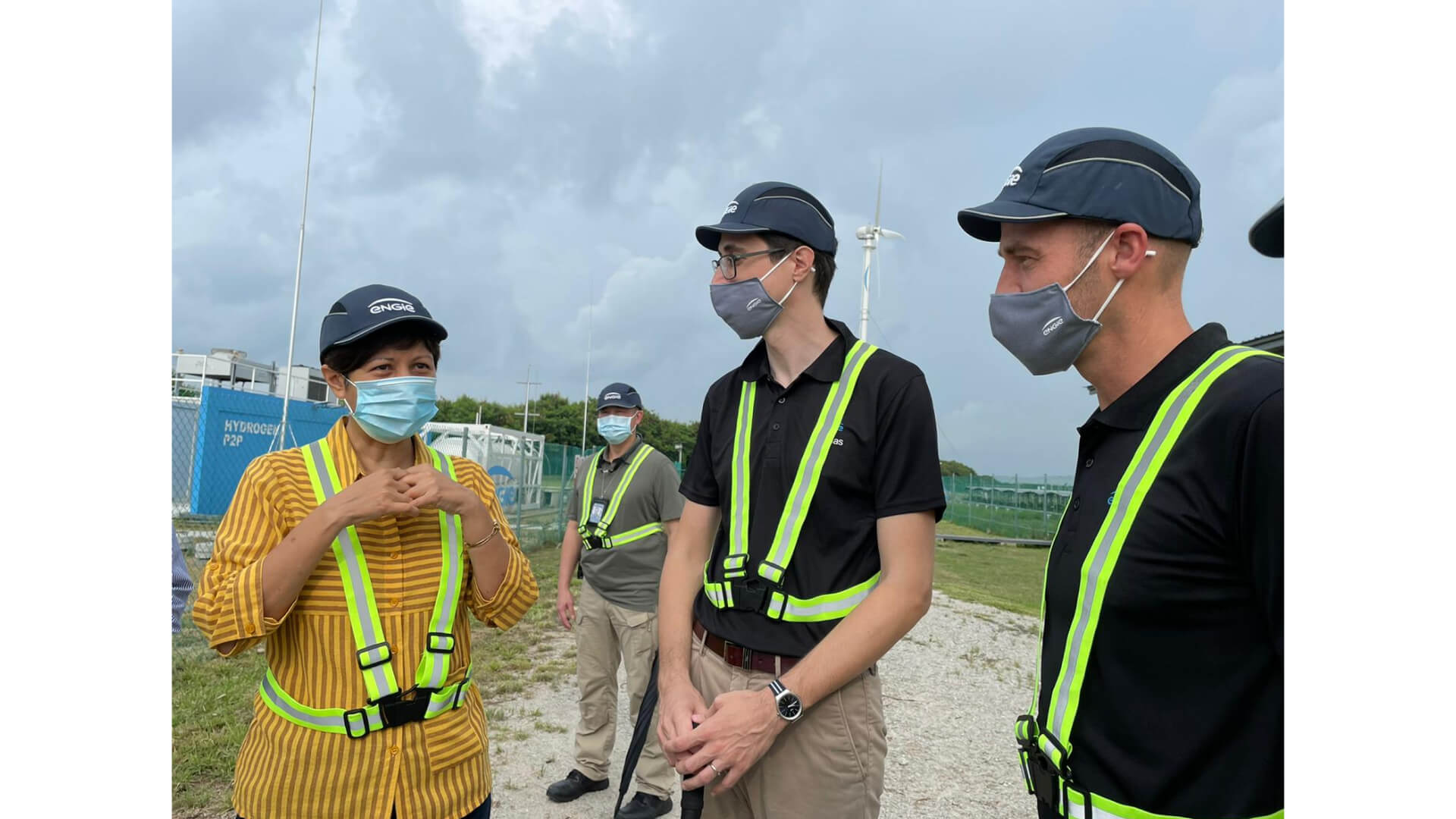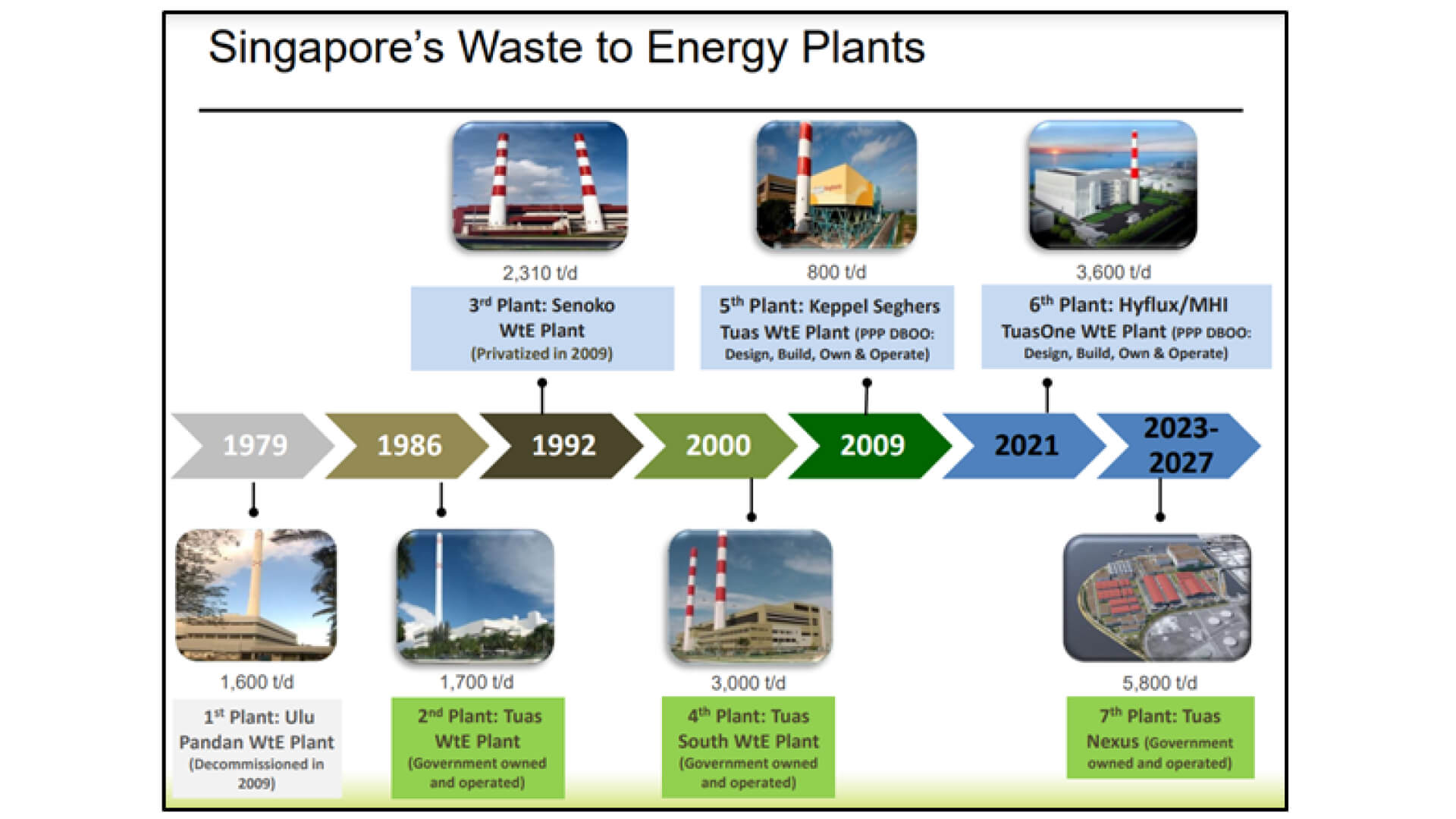Developing more sustainable infrastructure systems is a prerequisite for changing the way that our economies and societies function, as well as achieving the SDGs and the goals of the Paris Climate Agreement.
Infrastructure forms the backbone of human and economic development. It is linked to each of the 17 Sustainable Development Goals (SDGs) and influences over 90% of the individual targets. Roads, rail, and shipping infrastructure enable food to travel efficiently from farm to table, power plants and distribution lines have electrified villages, and water treatment systems have reduced disease and saved millions of hours previously devoted to hauling water. But if such infrastructure systems are planned, designed, and executed in ways that destroy biodiversity, lock in fossil fuel consumption, or marginalize certain stakeholders, then they can do as much harm as good.
Developing more sustainable infrastructure systems is a prerequisite for changing the way that our economies and societies function, as well as achieving the SDGs and the goals of the Paris Climate Agreement. The role of technology in delivering infrastructure services is multifaceted. At the most basic level, all types of infrastructure are technologies themselves; some of them simple, like roads, many of them complex, like energy grids. Other technologies are also applied to infrastructure to improve its performance. Today, technology is revolutionising virtually every aspect of infrastructure, and is changing the way infrastructure is designed, developed and delivered. Using the right technology is critical for maximizing the positive impacts from infrastructure developments and minimizing the negative ones.
Technology can help improve inclusiveness
Electricity access has a strong correlation with development and economic growth. According to World Bank data, electrification in East Asia & Pacific has improved in the last 20 years, but many communities in Southeast Asia still face a lack of access to basic electricity supply. Often, electricity in remote communities is supplied by diesel generators—this is an ad-hoc, unreliable system with a high carbon footprint.
Renewable microgrids are emerging as a critical solution to the challenges of electrification in rural environments. To address accessibility, affordability and reliability issues, ENGIE, a French company which provides low-carbon energy and services, developed the REIDS-SPORE microgrid platform on Singapore’s Semakau island. The REIDS-SPORE microgrid technology supports distributed renewable energy that is accessible to remote communities.

Photo 1 (Arial view of the REIDS-SPORE microgrid at Singapore’s Semakau Island). Photograph courtesy of ENGIE South East Asia
REIDS-SPORE is dedicated to designing, demonstrating and testing solutions for sustainable and affordable energy access-for-all in Southeast Asia. This model can facilitate mass electrification in the region by storing and distributing energy (from solar photovoltaics, hydrogen, and wind) in battery and hydrogen systems.
Renewable microgrids and storage solutions have the potential to supercharge the energy transition, and are becoming more achievable as the costs of renewable energy and storage solutions fall. “Microgrids boost job creation, especially at the local level, as well as attract new business opportunities and investment to help accelerate the sustainable development of these remote communities,” said Thomas Baudlot, CEO Energy Solutions APAC, Country Head Southeast Asia for ENGIE.

Photo 2 (Singapore Minister Indranee Rajah’s visit to the REIDS-SPORE microgrid in April 2021). Photograph courtesy of ENGIE Southeast Asia
Digital technology also has an important role to play in inclusive access to livelihoods and services. The COVID-19 pandemic has highlighted the unique role that hard and soft digital infrastructure plays in socio-economic development and resilience to shocks, and the divide between the digital haves and have-nots has also come into sharper focus.
For many communities, web-based services for health care, education, and teleworking have provided safe and essential services during the pandemic—but only for those with access. For business entities, the Internet has been an indispensable lifeline for resilience and ongoing competitiveness—though enabling commerce, real-time supply chain monitoring, and even customer service robots to keep up with consumer demand. Digital applications have also been invaluable tools for governments to manage time-sensitive procurement, tackle supply chain bottlenecks of PPEs and vaccines, and harness data analytics in developing and implementing sound and safe public policy.
However, according to the International Telecommunications Union, half of the global population still does not have access to the Internet, the majority of which lives in least developed countries (LDCs), landlocked developing countries (LLDCs), and small island developing states (SIDS). There is also a digital divide between urban and rural populations—72% of urban areas have internet connections compared to only 38% in rural areas. Another alarming figure is related to gender—in LDCs, only 15% of women are digitally connected, while the figure is 86% in developed countries.
Improving access to reliable internet connections is essential to inclusive, dynamic, and empowered lives. The resources that internet connectivity makes available are vast and profound, and investing in digital infrastructure is critical to achieving a sustainable and inclusive future for all.
Technology adoption can improve existing infrastructure
Most infrastructure is designed to last for decades. So while we are in the midst of a massive wave of infrastructure expansion to meet growing demand for services, it is important to assess the performance—in terms of sustainable service delivery—of the existing infrastructure around us. Is our current infrastructure fit for purpose, and can its performance be improved with the application of new technology?
For example, data collection and real-time water monitoring through smart meters can enhance water quality, ease pressure on water supplies, and reduce costs to end users by reducing water waste (non-revenue water) from leakage, which averages 35% for Asian cities. Similarly, in the renewable energy sector, digital technologies for storage, transmission and data analysis are enabling the creation of new types of energy markets that connect small and large producers and consumers of electricity across two-sided distribution networks that result in a more efficient and resilient energy grid, and ultimately aid the shift towards cleaner sources of energy and reduced greenhouse gas emissions.
Despite the clear economic benefits of many new technologies for infrastructure, widespread adoption and usage often requires investments and action by various water utilities and regional or national government entities.
International cooperation can accelerate technology transfer
We need technology now more than before. International cooperation can accelerate this process through the exchange of tried-and-tested solutions and technical know-how. This enables technological leapfrogging, which can lead to increased social and economic development and bridge the technological gap between the developed and developing countries. With appropriate trials or pilots, both proven and frontier technologies can be transferred between countries.
Singapore, for example, built its first waste-to-energy project in 1979. When private sector players became more active in the 2000s, the third waste-to-energy project in Senoko was successfully privatized in 2009. In the same year, the fifth waste-to-energy project in Singapore attracted participation from the private sector and the project was eventually awarded to Keppel Seghers on a Design-Build-Own-Operate (“DBOO”) basis for 25 years.

Diagram 1 (The Journey of Singapore’s Waste-to-Energy Plants). Source: National Environment Agency, Singapore
With many cities in Asia now facing increased municipal solid waste as a result of rapid urbanization and unsustainable landfills, companies that have helped design, construct, finance, operate and maintain waste-to-energy projects in countries like Singapore could help, given they have gone through the art and science of deploying waste management projects.
This could be an important bridge for the next generation of waste management in Asia. Many countries in Asia have similar climatic conditions and living and food habits, and hence their waste compositions may be similar. Hence, the waste management experiences of certain countries may provide proof-of-concept and evidence of bankability for various technologies, such as waste-to-energy, to be adapted and adopted for the first time.
Support for technological research and development is essential for driving change
The expansion of digital infrastructure across the globe shows that it is not always a single piece of frontier technology that brings immediate impact. Rather, the changes are evident in behaviour changes resulting from the broad adoption of several technologies in an iterative way.

Diagram 2 (Series of Key Technological Breakthroughs from 1960s to 2000s)
Today, a large percentage of the global population relies on a vast network of hard and soft digital infrastructure that supports so many aspects of our lives. While the Internet is often thought of as one piece of technology, as Diagram 2 illustrates, it is in fact the result of a series of key technological breakthroughs: the development of the first computer network, a protocol of connecting multiple networks, the reduction in the cost of hosting multiple users on a network, the birth of World Wide Web in the 1990s, and the widespread use of the internet in the 2000s that fundamentally shifted how the world operates and communicates.
As with the example of digital infrastructure, it is important that companies and governments invest in and support research and development for new technologies, even if the true extent of their impacts may not be clear. Taking reference from Singapore, the small city-state has had to develop innovative solutions to overcome acute resource constraints, such as land scarcity and the lack of natural resources. Singapore has been investing heavily in research and development in water technology and has built up an extensive ecosystem to support this sector. As a result, water companies have been drawn to Singapore for testing and developing water technologies. This is a virtuous cycle that has resulted in innovative water solutions that have improved the lives of many. It is important that infrastructure practitioners, like planners, designers, engineers, and constructors think outside the box and apply innovative technologies to tackle the challenge of delivering infrastructure services in an efficient, effective, and sustainable way. It is impossible to know for sure where the next paradigm shift will come from.
Partnerships for sustainable infrastructure
Governments, investors, practitioners, and other stakeholders must work together in an integrated way to ensure that all countries can access and adopt the best technologies for developing sustainable infrastructure. In some cases, this could be new and innovative technologies, and in other cases, it could be existing and proven technologies. But in all cases, infrastructure planners should consider how different technological solutions can ensure that infrastructure investments are sustainable, inclusive, and resilient.
Special thanks to insights shared by Thomas Baudlot, CEO Energy Solutions APAC and Country Head Southeast Asia, ENGIE.
This article was originally published on www.infrastructureasia.org


